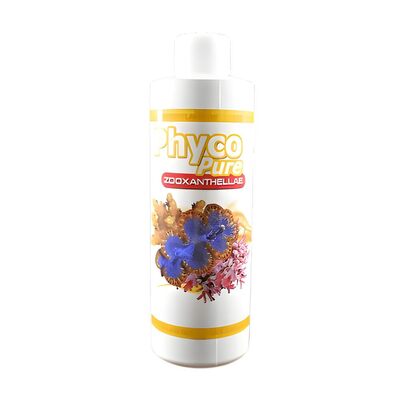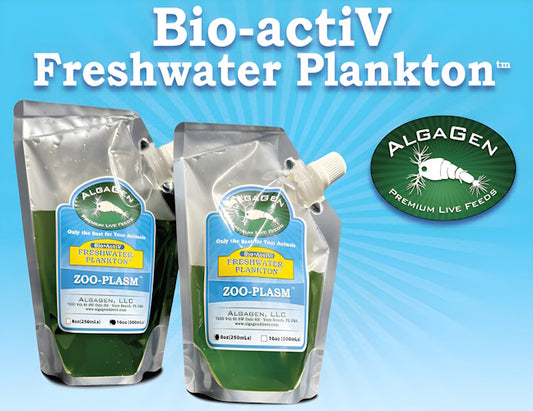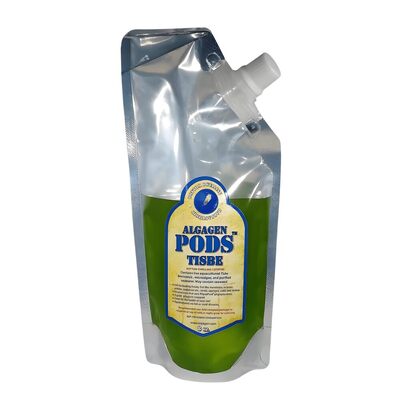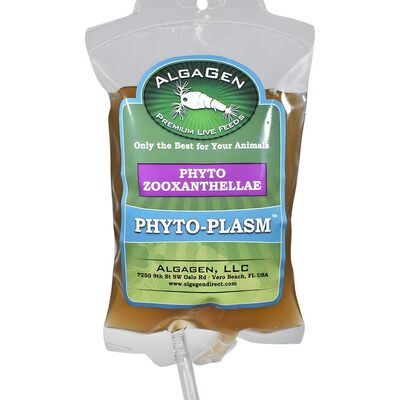Regular water changes are essential for maintaining a healthy, vibrant aquarium. Whether you keep freshwater or saltwater fish, the right water change routine keeps toxins in check, replenishes vital minerals, and supports the overall well-being of your aquatic pets. Here’s how to perform water changes like a pro—with minimal stress and maximum results.
Why Water Changes Matter
- Removes Waste and Toxins: Dilutes ammonia, nitrite, and nitrate buildup from fish waste and uneaten food.
- Replenishes Minerals: Restores essential minerals and trace elements lost over time.
- Improves Water Clarity: Reduces cloudiness and keeps water sparkling clear.
- Supports Fish Health: Prevents disease, stress, and algae blooms by maintaining stable water parameters.
How Often Should You Change Aquarium Water?
- Weekly or Biweekly: Most tanks benefit from a 10–25% water change every 1–2 weeks.
- Heavily Stocked or Small Tanks: Change 20–30% weekly for tanks with many fish or small volumes (under 20 gallons).
- Low-Stocked or Planted Tanks: 10–15% every 2 weeks may suffice for lightly stocked or heavily planted aquariums.
- Saltwater Tanks: 10–20% every 1–2 weeks, with attention to salinity and trace element replacement.
Best Methods for Aquarium Water Changes
1. Manual Siphon and Bucket Method
- Supplies Needed: Aquarium siphon/gravel vacuum, clean bucket (dedicated for aquarium use), water conditioner, thermometer.
-
Steps:
- Unplug equipment (heater, filter) for safety.
- Start the siphon and vacuum the substrate to remove debris and waste.
- Remove 10–25% of the water, depending on your tank size and stocking.
- Prepare replacement water: dechlorinate, match temperature, and (for saltwater) mix to correct salinity.
- Slowly pour new water back into the tank, avoiding disturbance to fish and substrate.
- Plug equipment back in and observe fish for stress.
2. Python or No-Bucket Water Change System
- Ideal for larger tanks or quick changes. Connects to a sink for easy draining and refilling.
-
Steps:
- Attach the system to your faucet and siphon water directly to the drain.
- Switch to fill mode and add dechlorinated water directly from the tap (adjust temperature carefully).
- Use a water conditioner that neutralizes chlorine/chloramine instantly.
- Tip: Always add water conditioner to the tank before refilling if using tap water directly.
3. Drip Water Change Method
- Best for sensitive species or gradual changes. Uses airline tubing or a drip system to slowly add new water.
-
Steps:
- Set up a container of prepared water above the tank.
- Use airline tubing with a valve to drip water into the aquarium over several hours.
- Remove old water gradually with a siphon or as the tank overflows (if using a drilled tank).
4. Automated Water Change Systems
- For advanced setups. Automated pumps or dosing systems can handle small, frequent water changes with minimal effort.
- Benefits: Keeps water parameters ultra-stable, reduces manual labor, and is ideal for large or high-value tanks.
Quick Reference Table: Water Change Methods
| Method | Best For | Pros | Cons |
|---|---|---|---|
| Siphon & Bucket | All tanks, beginners | Simple, cheap, effective | Manual labor, spills possible |
| Python/No-Bucket | Medium–large tanks | Fast, no heavy lifting | Needs faucet access, temp matching |
| Drip Method | Sensitive fish, fry, shrimp | Gentle, less stress | Slower, more setup |
| Automated | Large or high-value tanks | Consistent, minimal effort | Cost, installation |
FAQs: Aquarium Water Changes
Q: Can I use tap water for my aquarium?
A: Yes, but always treat with a water conditioner to remove chlorine and chloramine. Match temperature and, for saltwater, mix to the correct salinity.
Q: How much water should I change each time?
A: 10–25% is standard. Avoid changing more than 50% at once unless it’s an emergency, as large changes can shock fish.
Q: Should I clean the filter during a water change?
A: Clean filter media in removed tank water (not tap water) to preserve beneficial bacteria. Don’t clean all media at once.
Pro Tips for Easy, Effective Water Changes
- Use a gravel vacuum to remove debris and prevent waste buildup.
- Keep a dedicated bucket and cleaning tools for aquarium use only.
- Test water parameters before and after changes to monitor tank health.
- For planted or reef tanks, dose fertilizers or trace elements after water changes as needed.
- Consider adding live foods like AlgaGenPods™ Tisbe or microalgae such as PhycoPure™ Green Water after changes to boost biodiversity and support recovery.
“Consistent, gentle water changes are the secret to a thriving aquarium. A little routine goes a long way toward happy, healthy fish and crystal-clear water.”
Further Reading & Product Spotlight
For more tips on aquarium care, see Copepods and Amphipods: A Complete Care Guide and Top 5 Live Feeds for Thriving Reef Tank Ecosystems. For natural water quality boosters, try PhycoPure™ Green Water or AlgaGenPods™ Tisbe to support a healthy, balanced tank.
Conclusion
Mastering aquarium water changes is the foundation of a healthy, beautiful tank. With the right method and routine, you’ll enjoy vibrant fish, clear water, and a thriving aquatic world—naturally.





Recent post